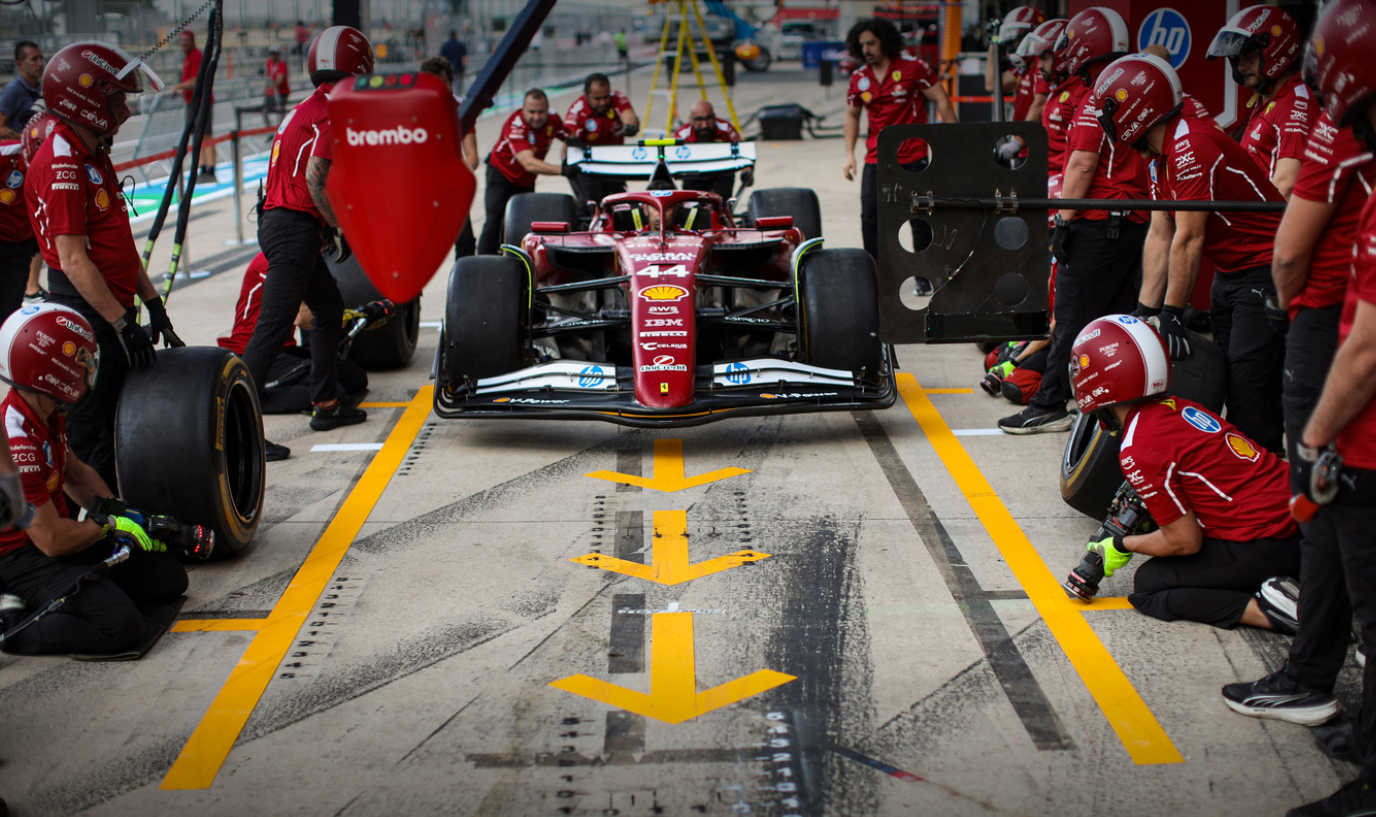Following the F1 Italian GP, Aston Martin Chief Trackside Officer Mike Krack stated that the team would launch an investigation into the cause of Fernando Alonso’s retirement from the Italian GP, the results of which have since been revealed.
Alonso showed good pace during the Italian GP and should have finished inside the top 10.
However, the Spaniard’s race came to a sudden stop when he was forced to retire on Lap 25 due to a suspension failure.
Alonso ruled out the possibility of a kerb being the root cause of the failure when speaking following the F1 Italian GP.
“I am not sure. I think everyone is using the kerb, and the cars are running.
“Only Nico [Hülkenberg] is retired.
“I don’t know what happened to Nico [Hülkenberg].
“So, not the kerb.”
Aston Martin did not observe any irregularities in the data or a mistake from Alonso that could have explained the failure, either.
In his print media session following the Italian GP, Krack mentioned that the team would thus investigate the cause.
“No, we didn’t see anything.
“It would have been easy to say he went wide or anything, but we didn’t see anything unusual.
“That is why I think it’s important to do this kind of analysis properly.
“It’s easy to point to the driver; it’s easy to point to any kind of incident.
“You need to stay factual in such situations.”
Gravel caused suspension failure
Aston Martin has since concluded that Alonso sustained damage from tossed-up gravel on lap 1 of the Italian GP.
The initial damage to the suspension got progressively worse over subsequent laps, ultimately causing the suspension to fail.
“The team can confirm some gravel hit Fernando’s car in the first lap of the race in multiple areas, including his suspension, which compromised it,” Aston Martin revealed in a statement following the conclusion of their investigation.
“The team were unaware of the damage sustained. Low-level, continuous loading caused the eventual failure of the part.”





